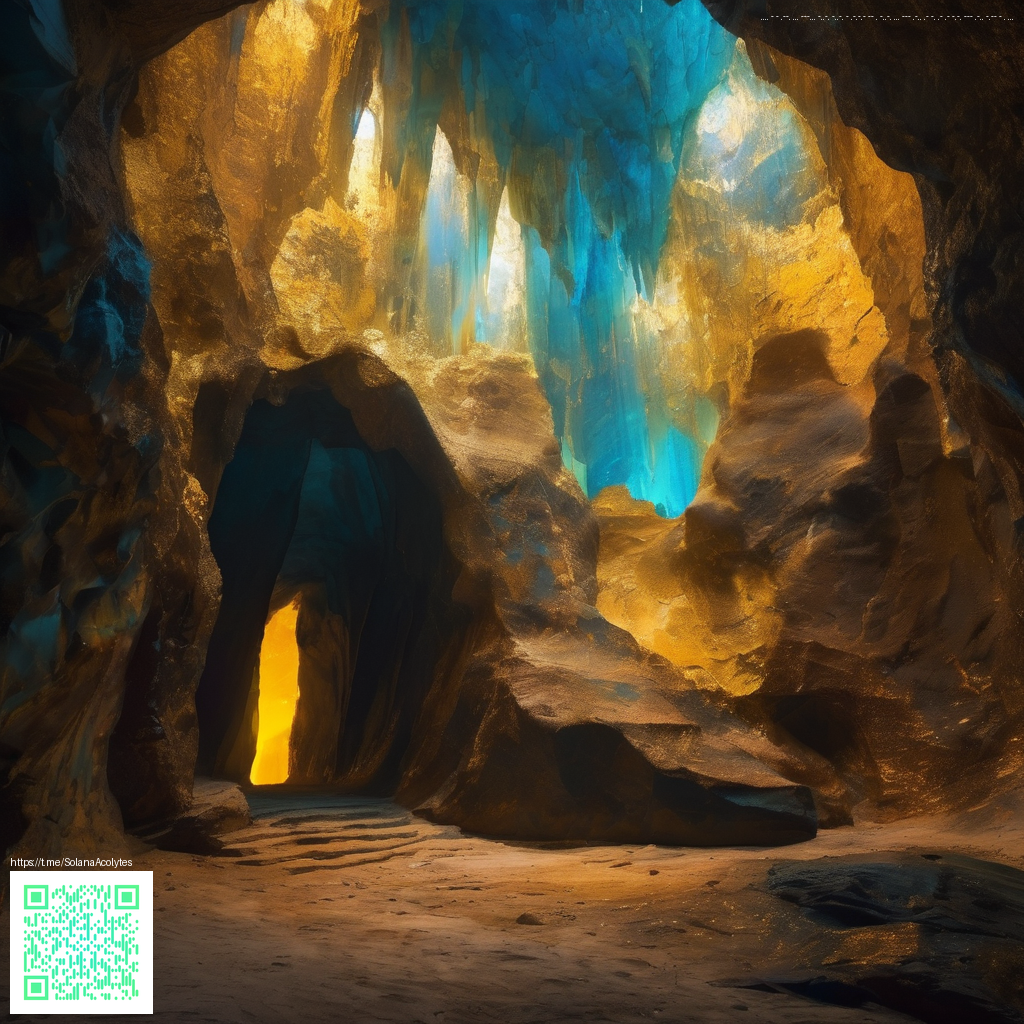
Data source: ESA Gaia DR3
Color and Age: Reading a Star's Timeline in Sagittarius
Across the night sky, color is more than decoration. It is a direct sign of a star’s temperature, energy output, and—when combined with distance—its life story. The blue-white beacon catalogued as Gaia DR3 4091827987287471744 offers a vivid lesson in how color connects to age, especially within the richly populated region of the Milky Way known as Sagittarius. This hot, radiant star invites us to glimpse the clockwork of stellar evolution from a remarkable distance, while reminding us of how much Gaia’s measurements reveal about the life cycles of stars.
From Gaia DR3’s photometric and spectroscopic footprints, this star carries a G-band brightness around 14.71 magnitudes. That magnitude sits far beyond the reach of naked-eye observers under typical skies, and even binoculars would struggle. Its surface temperature—approximately 33,800 kelvin—paints a blue-white glow that speaks to a furnace-like interior. In the language of stellar classification, such a temperature lands this star among the hottest, blue-white members of the galactic zoo, radiating energy far more intensely than the Sun. A radius near 5.6 solar radii signals that this is not a diminutive dwarf; it is physically larger and more luminous than our Sun, a bright traveler on the upper reaches of the HR diagram.
Gaia DR3 4091827987287471744 sits roughly 2,100 parsecs from Earth. That is about 6,800 to 6,900 light-years—a reminder that the Milky Way is a sprawling tapestry, with brilliant stars spread across arms and clouds that are visually far apart yet physically linked in the galaxy’s grand design. Its location is anchored in the Milky Way’s Sagittarius region, a zone rich with stars that researchers map to understand how our galaxy has formed and evolved over billions of years.
At a glance: properties that illuminate its color-age link
- Color and temperature: Blue-white hue, Teff ≈ 33,800 K, signaling a very hot surface.
- Size and luminosity: Radius ≈ 5.6 R☉, indicating a star larger and more energetic than the Sun.
- Distance: ~2,100 pc (about 6,800–6,900 light-years) from Earth.
- Brightness as seen from Earth: phot_g_mean_mag ≈ 14.7 — not naked-eye visible, but accessible with telescopes.
- Sky location: In the Sagittarius region of the Milky Way; constellation region hints at a dynamic, crowded stellar environment.
“A hot blue-white star of about 5.6 solar radii, located roughly 2,100 light-years away in the Milky Way's Sagittarius region, radiates with fiery energy that echoes the zodiac sign's adventurous, optimistic spirit as it journeys through the galaxy.”
Color is a powerful, immediate clue about this star’s current phase. The intense blue light implies a surface temperature that drives rapid nuclear fusion in the core, often associated with hotter main-sequence stars or hot evolved stages. Such stars illuminate the halo of our galaxy’s structure and offer a window into the past—where star-forming regions in Sagittarius gave birth to hot, luminous suns like Gaia DR3 4091827987287471744. Yet color alone does not reveal a precise age. To place a star on a timeline requires context: distance, metallicity, mass, and the role of stellar evolution models. The Gaia data provide the essential distances and temperatures, while models help translate those signals into an age bracket. For very hot stars, ages are typically measured in millions of years rather than billions, highlighting how brief and brilliant their existence can be on cosmic scales.
In the grand scheme of the Milky Way, this blue-white beacon is a reminder of the dynamic Sagittarius region—an area where star formation and galactic dynamics leave a luminous record across the sky. The star’s position, at roughly RA 18h 30m and Dec −21°, places it in the southern heavens where passionate spacewatchers often turn their telescopes to observe the Milky Way’s bustling arms. Its Gaia-based distance helps us map the trio of color, temperature, and location into a coherent story: a hot star that shines with a fierce energy, yet lies far enough away to be a distant traveler within our own Galaxy.
To enthusiasts who love translating raw data into a sense of wonder, Gaia DR3 4091827987287471744 is a textbook example. Its temperature paints a blue hue, its size and brightness suggest a powerful engine within, and its placement deep in Sagittarius ties it to a region steeped in the galaxy’s history. The star’s light, though faint to the naked eye, carries a message about how stars live and die—and how color serves as a compass in that journey. 🌌✨
For curious readers who wish to visualize color-age relationships in practice, consider how the wavelength of light and a star’s effective temperature converge to reveal life stage. A blue-white star, hot and luminous, often signals a relatively younger moment in the star’s life cycle, though exceptions abound depending on mass and environment. Gaia DR3 provides the essential measurements to anchor these ideas in real data, letting us step beyond abstractions into a more tangible cosmic narrative.
If you’d like to explore more stars like this, dip into Gaia’s catalog and let the colors guide your curiosity—the sky is full of blue beacons waiting to tell their stories.
Neon Slim Phone Case for iPhone 16 — Glossy Lexan Finish
This star, though unnamed in human records, is one among billions charted by ESA’s Gaia mission. Each article in this collection brings visibility to the silent majority of our galaxy — stars known only by their light.